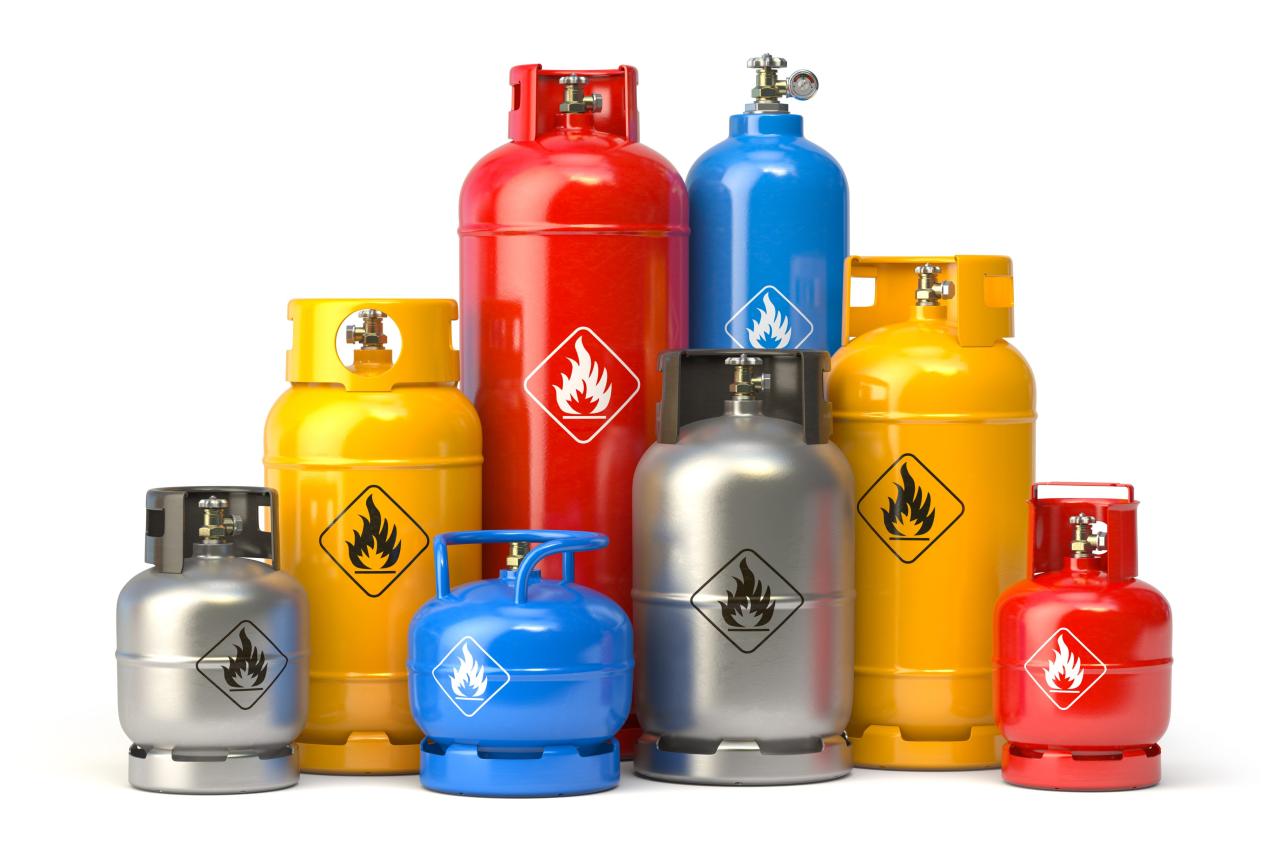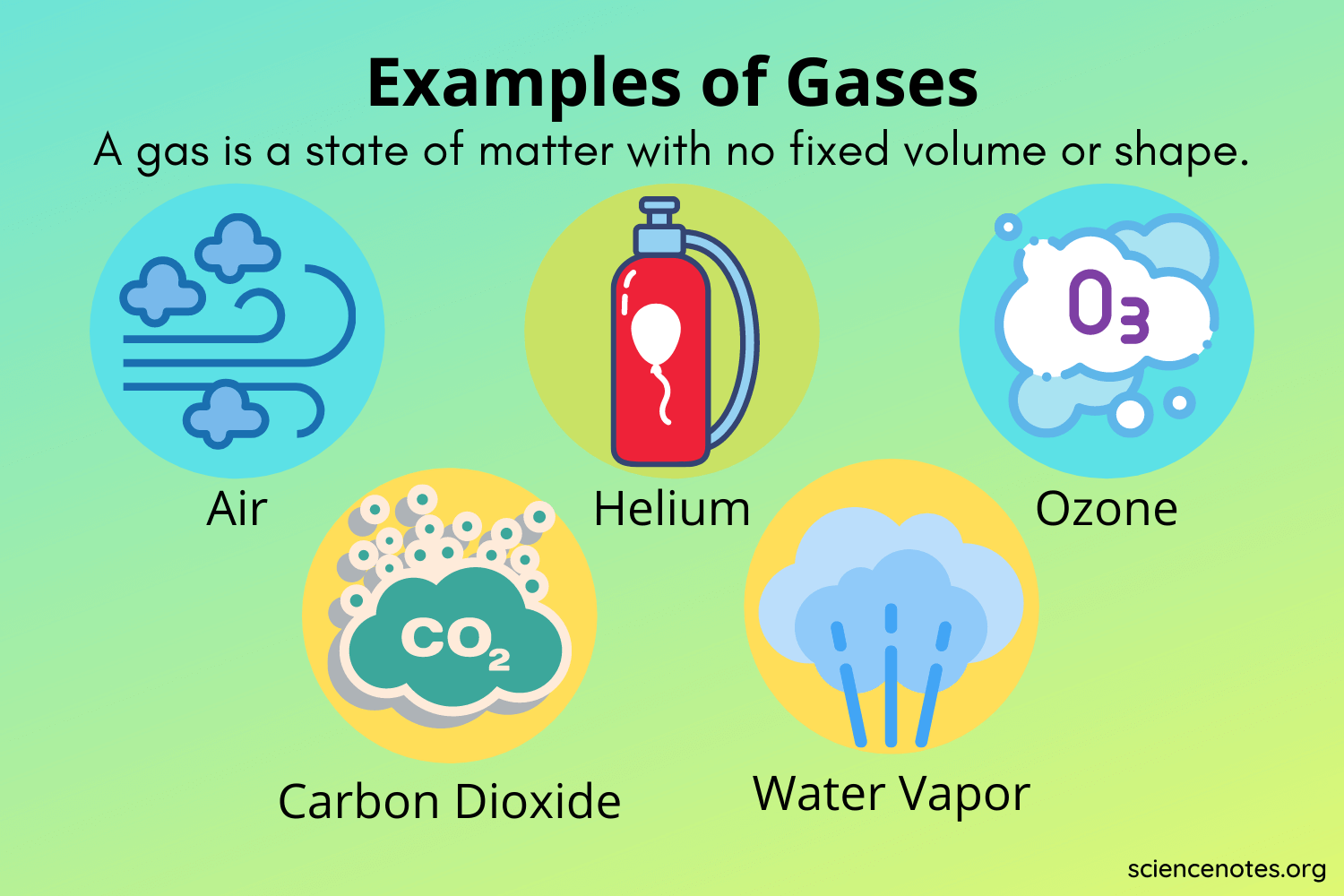The global natural gas industry finds itself in an unprecedented era of transformation, grappling with a complex interplay of geopolitical shifts, the accelerating imperative of energy transition, and persistent market volatility. Once seen primarily as a bridge fuel to a renewable future, gas now stands at a critical juncture, its role continuously debated amidst evolving energy security concerns, climate commitments, and technological advancements. This article delves into the major news and trends shaping the gas industry today, from geopolitical realignments to the race for decarbonization and the ever-present challenge of market stability.
I. Geopolitical Earthquakes Reshaping Supply Chains
The most significant recent catalyst for change in the global gas market has undoubtedly been Russia’s full-scale invasion of Ukraine in February 2022. This event triggered an immediate and profound reshaping of energy flows, particularly impacting Europe, which had long relied heavily on Russian pipeline gas.
Europe’s Pivot and the Rise of LNG:
In the wake of the conflict, Europe embarked on an urgent and ambitious strategy to decouple from Russian energy. This involved a dramatic acceleration of Liquefied Natural Gas (LNG) imports, primarily from the United States, Qatar, and other producers. New Floating Storage and Regasification Units (FSRUs) were rapidly deployed across Germany, the Netherlands, and other European nations, significantly expanding their LNG import capacity. This swift pivot, while successful in ensuring energy security for the continent, came at a substantial cost, driving global LNG prices to historic highs in 2022. The long-term implications include:
- Diversification of Supply: Europe is now committed to a more diversified energy portfolio, reducing its reliance on any single supplier.
- Increased LNG Infrastructure: A permanent expansion of LNG import terminals across Europe, solidifying its role as a major LNG consumer.
- Shift in Global Trade Routes: The traditional East-West pipeline flows have been significantly altered, with more gas now moving via sea, creating a truly globalized LNG market.
The Ascendancy of US LNG:
The United States has emerged as the world’s largest LNG exporter, leveraging its abundant shale gas resources and advanced liquefaction capabilities. US LNG has become a crucial swing supplier, particularly to Europe, providing much-needed flexibility and supply security. This has geopolitical implications, strengthening US influence in global energy markets and creating new strategic partnerships. Ongoing Final Investment Decisions (FIDs) for new US LNG export terminals continue to underscore this trend, promising further growth in export capacity over the coming years.
Asia’s Enduring Demand:
While Europe’s demand surged, Asian markets, particularly China, Japan, and South Korea, remain the bedrock of global LNG demand. China, despite economic slowdowns, continues to expand its gas infrastructure and long-term LNG contracts, driven by industrial growth and efforts to reduce coal consumption for cleaner air. The competition for flexible LNG cargoes between Europe and Asia will continue to be a defining feature of the market.
II. The LNG Boom: Investments and Infrastructure Expansion
The geopolitical shifts and the renewed focus on energy security have spurred a significant wave of investment in LNG infrastructure globally.
New Liquefaction Projects:
Several major LNG export projects, particularly in the US, Qatar, and Africa (e.g., Mozambique, Mauritania/Senegal), have either reached FID or are under advanced development. These projects aim to bring substantial new liquefaction capacity online by the late 2020s, addressing anticipated global demand growth. However, these projects face challenges including rising construction costs, supply chain disruptions, and environmental scrutiny.
Regasification Capacity Growth:
On the import side, beyond Europe’s rapid FSRU deployment, emerging markets in Southeast Asia and Latin America are also investing in new regasification terminals to access global LNG supplies, seeing gas as a cleaner alternative to coal and a reliable partner for intermittent renewables.
Pipeline Developments:
While LNG dominates the expansion narrative, regional pipeline projects continue to be relevant. Projects connecting new gas discoveries to existing grids or facilitating cross-border trade within regions like Africa or the Middle East are still being pursued, albeit often with complex geopolitical and environmental considerations.
III. Natural Gas in the Energy Transition: Bridge or Barrier?
The role of natural gas in the global energy transition is perhaps the most contentious and dynamic area of debate within the industry.
Gas as a "Bridge Fuel":
Proponents argue that natural gas, with its lower carbon intensity compared to coal and oil, serves as a crucial "bridge fuel" in the transition to a low-carbon economy. It offers:
- Grid Stability: As variable renewable energy sources (solar, wind) proliferate, gas-fired power plants provide essential baseload power and grid balancing capabilities.
- Industrial Decarbonization: Gas can replace more carbon-intensive fuels in industrial processes (e.g., cement, steel, chemicals) where electrification is not yet feasible.
- Developing Economies: For many developing nations, gas offers a pathway to economic growth and improved energy access, while simultaneously reducing air pollution compared to coal or biomass.
Decarbonizing Gas: Methane, CCUS, and Hydrogen:
Recognizing the climate imperative, the gas industry is actively pursuing strategies to reduce its own environmental footprint:
- Methane Emissions Reduction: Methane, the primary component of natural gas, is a potent greenhouse gas. Increased focus is on detecting and repairing methane leaks across the entire value chain (upstream, midstream, downstream). Regulations (e.g., in the EU and US), satellite monitoring, and advanced leak detection technologies are driving this effort. Reducing methane emissions is seen as a "low-hanging fruit" for rapid climate impact.
- Carbon Capture, Utilization, and Storage (CCUS): CCUS technologies are being developed and deployed to capture CO2 emissions from gas-fired power plants and industrial facilities, either for utilization in other processes or for permanent geological storage. This is crucial for "blue hydrogen" production and for extending the lifespan of gas infrastructure in a carbon-constrained world.
- Hydrogen Integration: Natural gas is a primary feedstock for "grey" hydrogen (produced without carbon capture) and "blue" hydrogen (produced with CCUS). The industry sees blue hydrogen as a crucial stepping stone towards a hydrogen economy, alongside "green hydrogen" (produced from renewables via electrolysis). Research is ongoing into blending hydrogen into existing natural gas pipelines and developing dedicated hydrogen infrastructure.
Challenges and Criticisms:
Despite these efforts, gas faces significant opposition from environmental groups who argue that any new fossil fuel investment undermines climate goals and risks creating "stranded assets." The debate centers on the pace of transition, the scale of methane emissions, and the economic viability and long-term effectiveness of CCUS and blue hydrogen solutions.
IV. Market Volatility and Price Dynamics
The period from late 2021 through 2022 saw unprecedented price volatility in global gas markets, driven by a combination of strong post-pandemic demand, supply disruptions (including Russian curtailments), and extreme weather events.
Post-2022 Normalization and Future Risks:
While prices have retreated significantly from their 2022 peaks, returning closer to historical averages, the market remains susceptible to shocks. Factors influencing future price dynamics include:
- Weather Patterns: Severe winters or hot summers (driving cooling demand) can quickly tighten markets.
- Supply Disruptions: Geopolitical events, infrastructure failures, or maintenance issues at major liquefaction plants can trigger price spikes.
- Economic Growth: Global economic health directly impacts industrial and power generation demand for gas.
- LNG Project Delays: Any delays in bringing new liquefaction capacity online could lead to supply deficits if demand continues to grow.
Long-Term Contracts and Energy Security:
The recent volatility has reinforced the value of long-term LNG contracts for buyers seeking supply security and price predictability, moving away from a purely spot-market approach. This trend is particularly evident among European and Asian utilities.
V. Technological Advancements and Innovation
Innovation continues to drive efficiency and sustainability within the gas industry.
- Digitalization and AI: Advanced analytics, artificial intelligence (AI), and the Internet of Things (IoT) are being deployed to optimize pipeline operations, predict maintenance needs, enhance safety, and improve trading efficiency.
- Advanced Methane Detection: Technologies like drone-mounted sensors, satellite imagery, and ground-based optical gas imaging are becoming more sophisticated, allowing for more precise and rapid identification of methane leaks.
- Modular LNG: Smaller, more flexible, and often more cost-effective modular LNG plants are emerging, enabling access to stranded gas resources and catering to smaller-scale regional demand.
- Hydrogen Production & Transportation: Significant R&D is focused on improving the efficiency of electrolysis for green hydrogen, developing new materials for hydrogen storage, and adapting pipeline infrastructure for hydrogen transport.
VI. Investment Landscape and Future Outlook
The investment landscape in the gas industry is characterized by a push-pull between the need for energy security and the pressures of decarbonization.
Continued Investment, but with Conditions:
Despite calls to divest from fossil fuels, significant investment continues to flow into gas projects, particularly LNG export facilities and associated upstream development. However, investors are increasingly scrutinizing projects based on their environmental credentials, emissions reduction plans, and alignment with climate targets. ESG (Environmental, Social, and Governance) factors are now central to investment decisions.
Stranded Asset Risk:
A key concern for investors is the potential for "stranded assets" – infrastructure that becomes economically unviable before the end of its useful life due to rapid energy transition or stringent climate policies. This risk is driving companies to ensure new projects have lower emissions footprints or are "hydrogen-ready."
Outlook:
The global gas industry is poised for continued growth in the short to medium term, driven by energy security concerns and the need for reliable power generation. However, the long-term trajectory is inextricably linked to the success of decarbonization efforts. The industry will increasingly differentiate itself based on its ability to minimize methane emissions, integrate CCUS, and pivot towards hydrogen and other low-carbon gas solutions. The coming decade will be critical in determining whether natural gas successfully navigates its role as a transition fuel or faces increasing obsolescence in a rapidly decarbonizing world.

